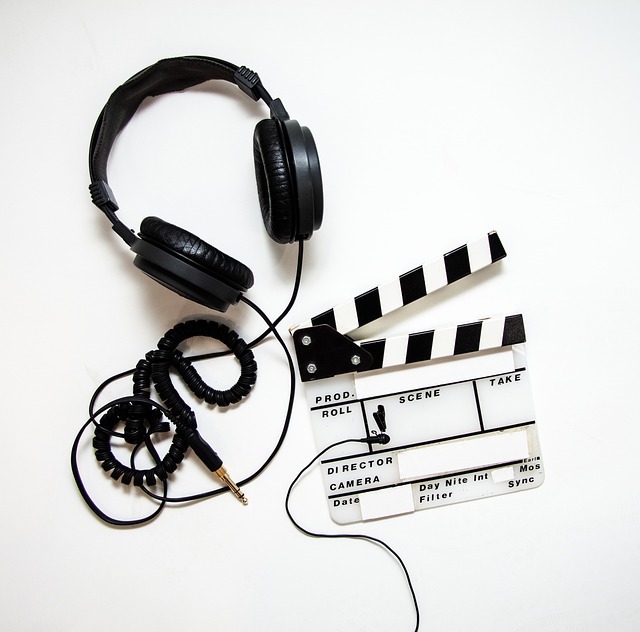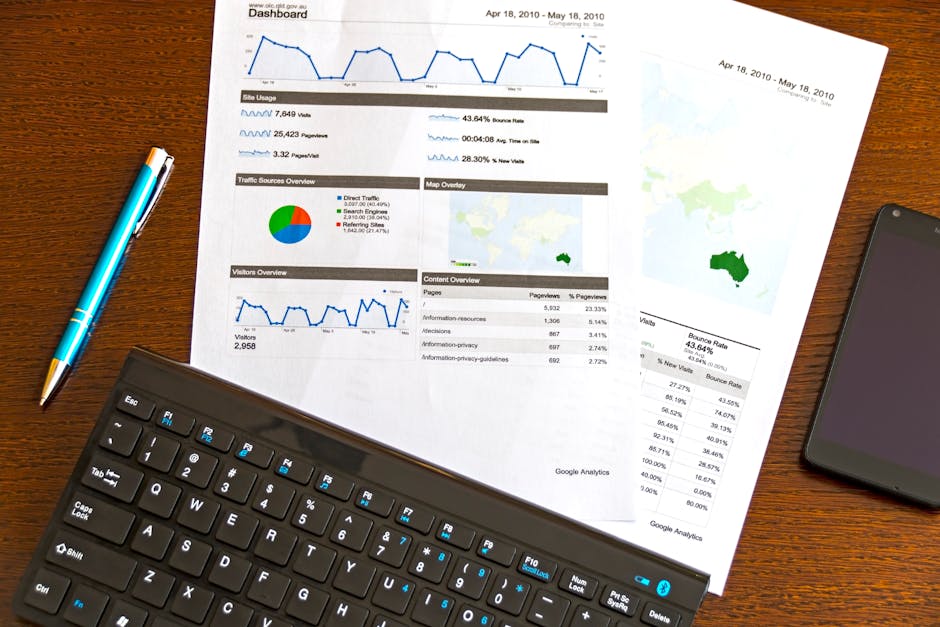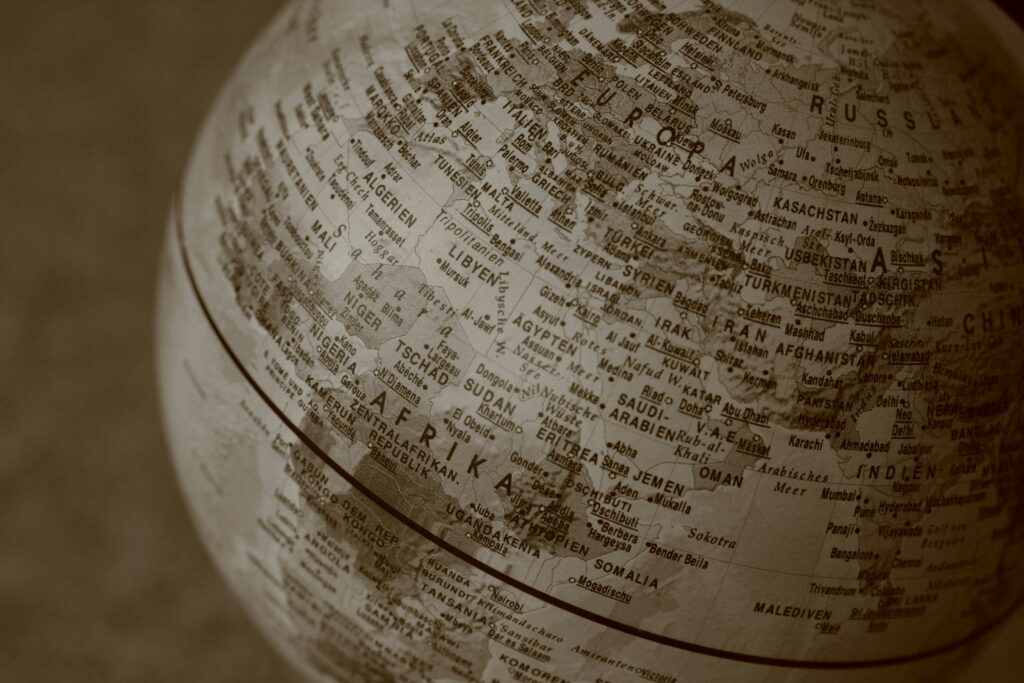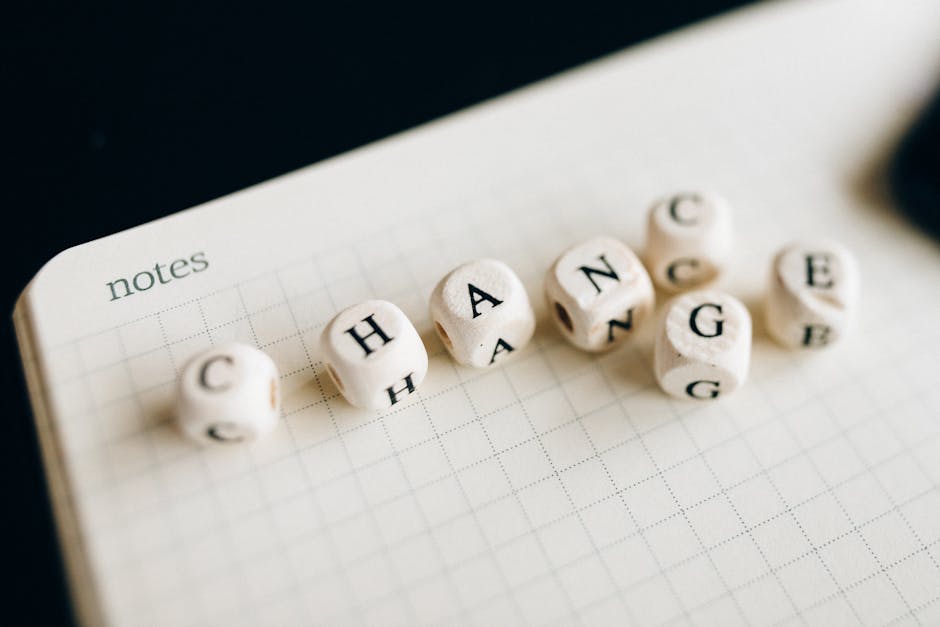The Age of Smart Production
AI isn’t a futuristic upgrade anymore—it’s a working part of almost every modern media workflow. Whether it’s a high-budget streaming series or a lean independent project, AI tools are showing up from the first brainstorm to the final edit. The bottom line: if you’re not using them, you’re probably behind.
At the concept stage, AI speeds up brainstorming, helps structure plot outlines, and sifts through trends faster than a human team ever could. Once a project moves into production, AI tools aid in casting, schedule optimization, and even suggesting cost-effective locations. In post, algorithms help refine edits, adjust color grades, and clean up audio in seconds rather than hours.
What’s pushing this adoption? Time is tighter, budgets are strained, and audience expectations haven’t dropped an inch. Automation isn’t about cutting corners—it’s about managing the pressure while keeping creative standards high. AI brings efficiency where it matters most, giving creators room to think, explore, and focus on what humans do best: telling stories.
Writing & Scripting: AI as the New Co-Writer
AI is now sitting at the writer’s desk—and it’s not just typing up transcripts. Script generators can take rough ideas and build dialogue, scenes, and even pacing suggestions in minutes. Pair that with real-time storyboarding tools, and creators can visualize entire stories without grabbing a pen or calling in an art department. It’s fast, it’s scalable, and it’s changing how early-stage content gets built.
But speed comes with trade-offs. AI-assisted plot structuring can nail a beat sheet, but the nuance—emotional arcs, tone shifts, timing for comedic or dramatic payoff—still needs a human brain. The tools churn out frameworks. It’s up to the creator to inject soul.
So, are human writers out of a job? Not exactly. What’s happening is a shift in role. Writers are becoming editors, curators, and directors of AI output. The best ones treat AI as a drafting assistant, not a ghostwriter. In the right hands, it’s a force multiplier. But left unchecked, it burns through creativity and flattens originality.
Casting & Pre-Production: Smarter, Faster Decisions
AI is redefining how casting choices get made—not just at the indie level, but across major studios. It’s not just about headshots and auditions anymore. Using massive datasets, AI tools can now suggest talent based on historical box office performance, demographic resonance, and social media traction. The machine can tell you, statistically, which actor will draw crowds in Southeast Asia or how a pairing might perform with millennials in North America.
These recommendations aren’t random. They’re pulling from years of performance metrics, regional viewing habits, and market fluctuations. For studios facing tight margins, skipping intuition for predictive casting models often feels like the safe bet. And yes, it’s fast—what used to take weeks of debate now takes hours, sometimes minutes.
But here’s the rub: when algorithms start shaping faces on screen, diversity, risk-taking, and artistic nuance get sidelined. There’s growing worry about the ethics of letting data override gut instinct. Does an actor become uncastable if their audience numbers dip one quarter? Should a young breakout get passed over because they don’t fit a trending data curve?
AI might streamline casting, but it will never replace the value of creative risk. At least, not without real consequences.
Filming & Visual Effects: Raising the Bar
The days of endless reshoots and guesswork on set are fading fast. Virtual production stages—massive LED walls that render photorealistic environments in real time—are becoming the new normal. Shows like The Mandalorian put them on the map, but in 2024, mid-tier productions are following suit. These stages let directors light, frame, and shoot scenes with real-time backgrounds, cutting down post-production bottlenecks and unlocking new creative control.
Meanwhile, AI tools are getting sharper behind the camera. Facial swaps that used to require hours of manual work can now be done with high precision in minutes. Automated skin retouching and quick-turn VFX pre-renders are streamlining what used to be expensive, high-effort tasks. It’s not just about making things faster—it’s about making things smoother, without killing quality.
Add to that real-time feedback for lighting, performance, and framing, and suddenly the margin for error shrinks. Directors and cinematographers can tweak shots on the fly, knowing if a glare is going to ruin a take or if an actor’s eye line is slightly off. It’s precision filmmaking without the heavy price tag. The result? Sharper content, faster turnaround, leaner budgets.
Post-Production: Efficiency Without Compromising Quality
AI has transformed the post-production process, making formerly time-intensive tasks faster, more efficient, and surprisingly creative. From smarter editing to precision audio mastering, today’s post-production landscape is powered by intelligent tools that help creators focus more on storytelling and less on technical bottlenecks.
Smarter Editing with AI
Modern editing software now integrates machine learning to streamline the entire cutting process. AI-assisted editing can:
- Identify and highlight the best takes based on facial expressions, speech clarity, and action pacing
- Automatically generate rough cuts by analyzing scripts and visual cues
- Suggest B-roll placement and transitions that match tone and timing
This accelerates workflows, reduces fatigue from manual scrubbing, and gives editors more time to fine-tune the creative stuff.
Audio Mastering Gets an AI Boost
Cleaning up sound used to take hours—but AI-powered audio tools now automate many of these steps without sacrificing quality.
- Background noise detection and removal for clear, consistent dialogue
- AI-driven voice enhancement that isolates, sharpens, and levels vocal tracks
- Automated mastering for music and ambient layers to ensure broadcast-level quality
These tools are particularly valuable in fast-paced environments where creators handle their own audio or need quick turnaround times.
Intelligent Color Grading and Visual Tone Matching
Color grading sets the mood—but it’s a highly technical, time-consuming process. With AI’s help, color work becomes faster and more accessible:
- Scene-by-scene tone matching based on reference looks or pre-set styles
- Auto-detection of color inconsistencies across shots, offering correction suggestions
- Machine learning models that emulate the visual styles of iconic films or directors
While professional colorists still add the finishing touches, AI-powered grading gives smaller teams the ability to achieve cinematic results without the overhead.
AI is not replacing the artistry of post-production—it’s enhancing it. By automating the repetitive and technical layers, editors and sound designers can focus more on intent, emotion, and polish.
The Human Touch: Creativity Still Counts
Why Human Judgment Still Matters
Despite the rapid advancements in AI, certain elements of creativity remain uniquely human. AI can generate dialogue, suggest cuts, even compose music—but it still lacks context, emotion, and cultural nuance. Algorithms can process patterns, but they can’t replicate life experiences, instinct, or moral sensitivity.
- Emotional Resonance: AI struggles to understand emotional subtext or craft moments that feel truly human.
- Contextual Awareness: Humor, irony, or layered symbolism often fall flat in AI-generated content.
- Ethical Considerations: Humans are needed to assess what’s appropriate, inclusive, or culturally sensitive.
Collaborating With AI, Not Surrendering To It
Using AI doesn’t mean giving up creative control. The best outcomes come from treating AI as a partner, not a replacement. Writers, editors, and directors can use AI to manage the grunt work while reserving their energy for nuance, storytelling, and direction.
- Use AI for efficiency, not originality
- Lean on it for suggestions, not final decisions
- Employ it as a creative companion, not the sole driver
Striking the Right Balance
Great content in the AI era is a product of harmony—not dominance. When creators maintain ownership of the creative vision while tapping into AI’s strengths, the results are more cohesive and human-centered. It’s about blending machine precision with human insight.
- Set clear boundaries: define where AI assists, and where it stops
- Regularly review AI-generated material for tone and intent
- Stay focused on the audience: content should feel handcrafted, not constructed
In short, AI can enhance the production process—but it can’t replicate soul. That remains firmly in the hands of the people behind the lens, pen, or soundboard.
The Changing Role of Production Teams
AI hasn’t just tweaked the media workflow—it’s reshaped the crew behind it. Repetitive, manual tasks are fading fast. What’s replacing them? Roles that are more strategic, more technical, and a whole lot more cross-disciplinary.
Editors aren’t just cutting footage—they’re training models, refining prompts, and guiding smart tools that suggest edits in real time. Producers aren’t just organizing shoots—they’re managing AI-assisted pipelines, budgeting efficiency with automation in mind, and crafting content calendars based on predictive analytics. Directors are spending less time worrying about logistics and more time focusing on tone, pacing, and vision—because AI is handling the grunt work of framing shots or lining up VFX layers.
Behind it all is a growing expectation: AI fluency. Not as a bonus skill, but as table stakes. Teams that can’t speak the language—or worse, reject the shift—are falling behind. Adaptation is non-negotiable. Everyone from interns to showrunners is being nudged toward reskilling. Workshops and AI-labs are popping up, not just in studios but on set.
The new crew looks different: leaner, smarter, faster on feedback loops. Those who thrive will be the ones who treat AI not as a crutch, but as a creative co-pilot. Less about replacing hands, more about expanding minds. That’s where production is headed.
A Look Behind the Curtain
AI isn’t just a buzzword in media production—it’s already hard at work behind the scenes of some of the biggest and most innovative projects out there. From blockbuster films to streaming series, AI is being used to streamline production and expand creative possibilities.
High-Profile Projects Using AI
Here are a few standout examples of AI transforming real-world media production:
- The Mandalorian (Disney+)
While virtual production and LED walls stole the show, AI played a role in scene planning and optimizing visual effects in real time—cutting down post-production hours significantly.
- Avengers: Endgame (Marvel Studios)
Machine learning algorithms were used to generate visual effects simulations faster and more efficiently. AI also assisted in facial mapping and de-aging techniques for key characters.
- The Irishman (Netflix)
AI-powered de-aging software was essential in allowing actors like Robert De Niro and Al Pacino to play younger versions of themselves without traditional prosthetics.
- Everything Everywhere All At Once (A24)
The film’s small VFX team leveraged AI-assisted tools for scene compositing, saving both time and budget. It’s a blueprint for how indie projects can punch above their weight with the right tech.
Behind the Magic
These aren’t isolated cases—they represent a larger trend where AI isn’t just a cost-saver, but a creative enabler. Production teams are learning to deploy AI early and strategically, integrating it alongside artists and technicians instead of replacing them.
Want a deeper dive on how these advances are shaping what we see on screen?
What’s Next: The Future of AI in Media
We’re officially toeing the line between sci-fi and reality. Fully AI-generated scripts and digital actors aren’t theory anymore—they’re in production. Some creators are already testing entire scenes built from prompt-to-video software. Others are casting AI clones in lead roles, skipping real actors altogether.
Virtual actors—powered by neural rendering and decades of film data—can emote, age, and even perfect their performances take after take. Meanwhile, advances in voice synthesis now let you license a celebrity’s voice and make it say anything, in any language, with frightening realism. That brings up the obvious next question: who owns what?
Licensing likeness—whether for living actors or legacy estates—is becoming a frontline legal and ethical challenge. The rules are still vague. Current contracts rarely anticipate full-scale digital replication. And while some stars are cashing in early, sealing deals to immortalize themselves in pixels, not everyone’s thrilled. The creative industry now faces a new battleground: preserving human essence in an age where someone’s face, voice, and mannerisms can be bottled and sold.
Laws will catch up. Standards will, too. But right now, we’re in a gray zone—a place where experimentation is running ahead of policy. That can be exciting. It can also be dangerous. Either way, the future of AI in media just got real.
Final Take
AI isn’t some gimmick on the fringes of film and media anymore—it’s embedded deep in the workflow. From pre-production analytics to post-production polish, machines are picking up the slack. The goal isn’t to replace the creative minds behind the scenes, but to free them up. AI handles the grind so people can focus on the spark: storytelling, vision, execution.
Production pipelines are getting leaner, faster, and smarter. That means less waiting, fewer bottlenecks, and way more room to experiment. Want to test five versions of a scene before lunch? Now you can. Need near-instant feedback on lighting or pacing? It’s happening.
Bottom line: AI is expanding what’s possible with the same team and tighter timelines. It’s a force multiplier, not a job killer. For creators willing to work with it, not against it, the future’s wide open.


 Susane Privetterry is a tech author at mediatrailspot known for her insightful writing on AI, digital tools, and modern technology trends. She simplifies complex topics, making them accessible and engaging for readers of all levels.
Susane Privetterry is a tech author at mediatrailspot known for her insightful writing on AI, digital tools, and modern technology trends. She simplifies complex topics, making them accessible and engaging for readers of all levels.

